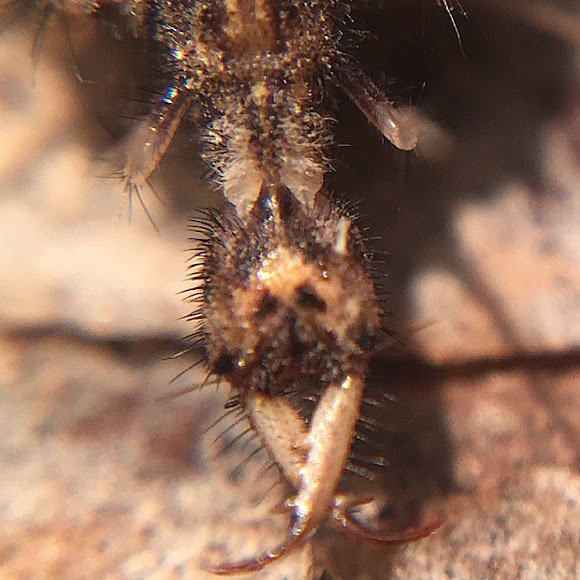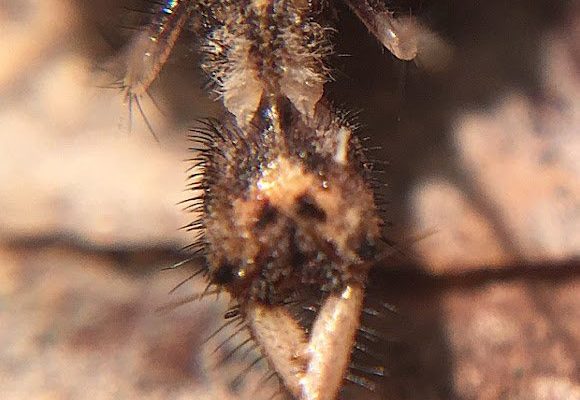
Ant lion larvae are a unique group of insects that belong to the family Myrmeleontidae. Their distinct hunting techniques and camouflaging abilities provide plenty of mysteries for nature enthusiasts. So, if you’re out in the field, how do you know what you’re looking at? Let’s dig deeper into the challenges of spotting these intriguing larvae and how to identify them accurately.
What Are Ant Lion Larvae?
Before we jump into the challenges of identification, it’s good to know what we’re dealing with. Ant lion larvae, in their early stages, look a bit like tiny alligators. They have long, slender bodies and large jaws that help them catch their prey. But it’s their predatory behavior that makes them stand out. They dig conical pits in sandy areas, waiting for ants or other small insects to stumble in, and then—bam—they strike!
The larvae can range in color from pale yellow to brown, which helps them blend into their surroundings. This camouflage is one of the first challenges anyone faces when trying to identify them. You might think you’ve spotted one, only to realize it’s just a grain of sand. It’s like a game of hide and seek, but the stakes are pretty low for the larvae.
Challenges in Identifying Ant Lion Larvae
When it comes to spotting ant lion larvae, a few hurdles can pop up. Here are some key challenges to keep in mind:
- Camouflage: As mentioned, their color can blend seamlessly with the sandy environment. This makes it easy to miss them even if you’re looking closely.
- Size: Ant lion larvae can vary in size but are generally quite small. Some can be as tiny as a few millimeters, making them easy to overlook.
- Behavior: Their behavior adds another layer of complexity. Often, they bury themselves in their pits, making them even harder to see.
You might be wondering why identification is so important. Spotting these creatures can lead to a greater understanding of ecosystems and the role they play. Plus, it’s just plain fun to know what’s lurking beneath the surface!
Habitat and Where to Look
To find ant lion larvae, you need to know where to look. They thrive in sandy or loose soil, often in sunny areas. Think about sandy beaches, deserts, or even disturbed grounds like construction sites.
They prefer dry microhabitats, where they can dig those infamous pits to catch prey. When searching for them, consider examining:
- Sandy Dunes: These places are ideal for ant lions, as they provide the perfect conditions for digging.
- Old Construction Sites: These areas may have disturbed soil where ant lion larvae thrive.
- Garden Edges: If you have a garden with sandy soil, check along the edges, where they might be hiding.
Keep your eyes peeled, and remember, patience is crucial!
Tools for Identification
Having the right tools can make a significant difference when trying to identify ant lion larvae. Here’s a quick rundown of essentials you might find helpful:
- Magnifying Glass: This will help you get a closer look at the details of the larvae.
- Field Guides: Invest in a good entomology guide to help you with identification.
- Notebook and Camera: Document your findings to compare later, especially since ant lion larvae can look similar to other insects.
Here’s the thing: having visual aids at your disposal not only enhances your identification skills but also makes the process much more enjoyable.
Common Mistakes to Avoid
As with anything, there are common pitfalls when trying to identify ant lion larvae. Here are a few mistakes to steer clear of:
- Overlooking Their Habitats: If you’re not searching in sandy areas, you’re likely missing them entirely.
- Getting Distracted: It’s easy to get caught up in looking for adult ant lions or other insects, but remember your focus is on the larvae.
- Assuming Size and Color are Consistent: Just because one larva is a certain color doesn’t mean they all will be. Variability is the name of the game.
By being aware of these mistakes, you’ll improve your chances of successful identification and deepen your appreciation for these little hunters.
Spotting ant lion larvae in the field can be challenging, but it’s also incredibly rewarding. Their unique adaptations and behaviors make every encounter special. By keeping an eye out for the right habitats, using the right tools, and avoiding common mistakes, you can sharpen your identification skills. Plus, the thrill of discovery is what makes nature so fascinating! So, next time you’re out and about, take a moment to dig a little deeper—who knows what amazing creatures you might find beneath the surface? Happy exploring!

